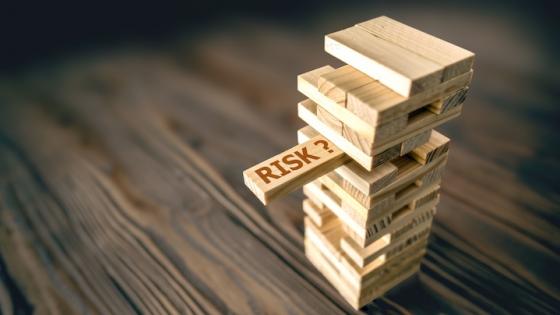First posted on:
ModelsAndRisk.org, 2 December 2018
Perceived risk is risk predicted by models and actual risk is the fundamental underlying risk. We measure perceived risk and care about actual risk. Unfortunately, those two are negatively correlated.
The classification comes from my paper "Endogenous extreme events and the dual role of prices" with Hyun Song Shin and Jean—Pierre Zigrand.
The following picture, where the x-axis shows time and the y-axes prices, shows a hypothetical asset price bubble in blue:

Perceived risk
Now, run one of your friendly risk forecast models, perhaps one of these, and show the resulting risk forecast, labeled perceived risk in red. As we ride the bubble, perceived risk falls. As if we get ever higher returns at ever lower risk — Money for Nothing.
Then, the bubble bursts and all of a sudden perceived risk shoots up. Why? Well it depends on the model, but suppose one is using one of the volatility models from here. Then, inevitably perceived risk will increase.

The reason is that a volatility model will react to events in recent history, and if prices change a lot, so inevitably will the risk forecast. This is why one can have very low risk forecasts until for the day after a crisis event.
Consider the simple EWMA, where yt is returns on day t and

is the volatility forecast for the next day:

Then VaR is

where Φ−1 is the inverse normal and p the probability, assuming a portfolio value of one.
A good example of this is the Swiss FX shock discussion, where the models failed to pick up the probability of the event, and then went crazy after.
Actual risk
However, the actual underlaying risk in the system, what we call actual risk, shown in green, increases along with the bubble, and falls when the bubble deflates.

So...
Actual and perceived risk are usually negatively correlated
Since almost every risk forecast model is of perceived type, the end result is that:
Risk forecast models underestimate risk before a crisis and overestimate it after a crisis. The models are systematically wrong in all states of the world.
Does that matter? All depends on ones risk horizon.
It does for long term and extreme risk like macro prudential regulations.
In the next post I connect perceived risk to long risk horizons.







